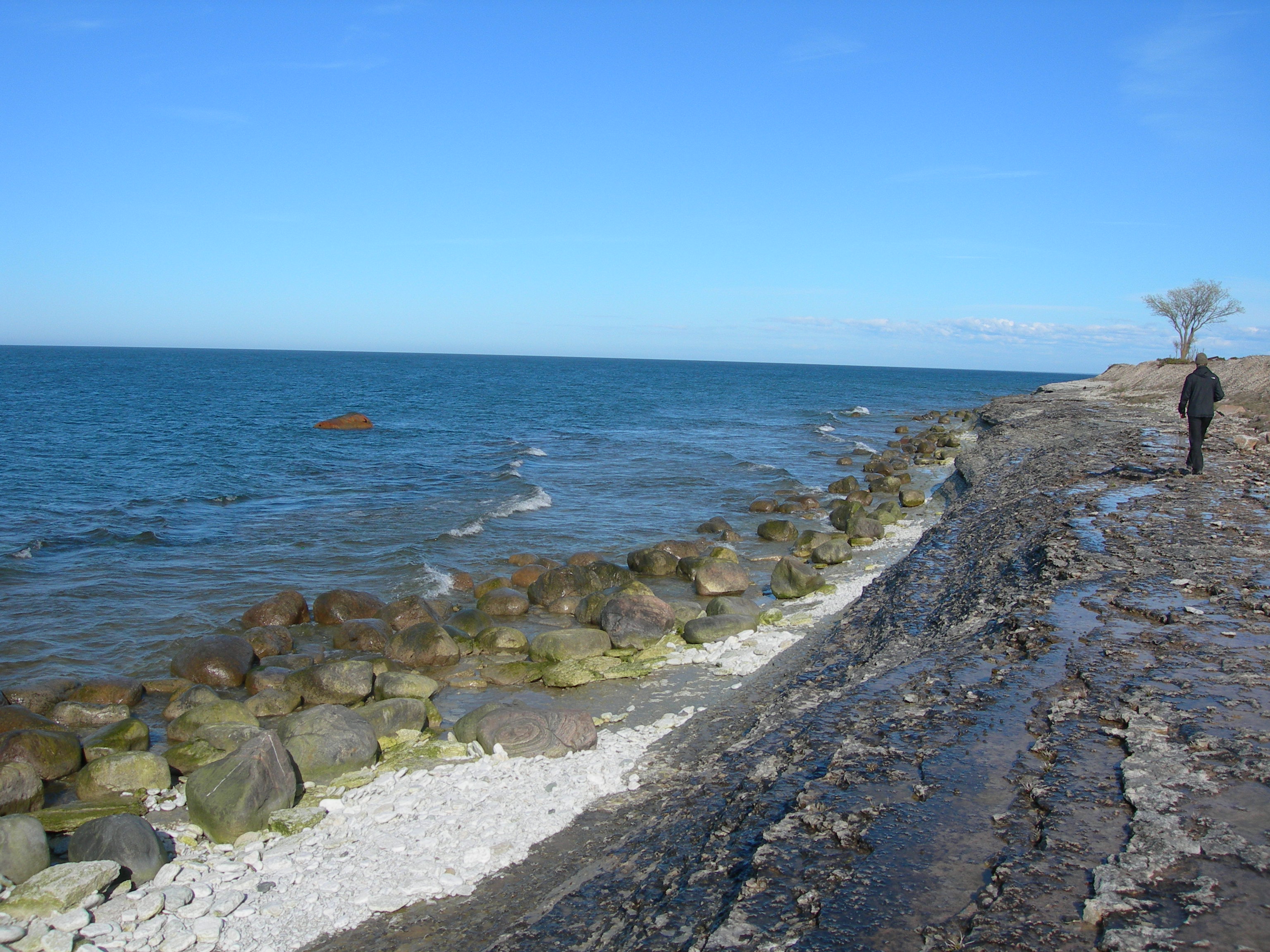Drift (geology) on:
[Wikipedia]
[Google]
[Amazon]
 In geology, drift is a name for all
In geology, drift is a name for all
sediment
Sediment is a solid material that is transported to a new location where it is deposited. It occurs naturally and, through the processes of weathering and erosion, is broken down and subsequently sediment transport, transported by the action of ...
(clay
Clay is a type of fine-grained natural soil material containing clay minerals (hydrous aluminium phyllosilicates, e.g. kaolinite, ). Most pure clay minerals are white or light-coloured, but natural clays show a variety of colours from impuriti ...
, silt, sand, gravel, boulders) transported by a glacier
A glacier (; or ) is a persistent body of dense ice, a form of rock, that is constantly moving downhill under its own weight. A glacier forms where the accumulation of snow exceeds its ablation over many years, often centuries. It acquires ...
and deposited directly by or from the ice, or by glacial meltwater. Drift is often subdivided into unstratified (unsorted) drift ( glacial till) that forms moraines and stratified drift (glaciolacustrine and fluvioglacial sediments) that accumulates as stratified and sorted sediments in the form of outwash plains, eskers, kames, varves, and so forth. The term drift clay is a synonym for boulder clay. Both are archaic terms for glacial tills with a fine-grained matrix.Neuendorf, K.K.E., J.P. Mehl, Jr., and J.A. Jackson, eds., 2005. ''Glossary of Geology'' (5th ed.). Alexandria, Virginia, American Geological Institute. 779 pp.
In the United Kingdom, drift is also applied as a general term for all surficial, unconsolidated, rock debris and sediment that is moved from one place to accumulate in another and mapped separately or otherwise differentiated from underlying bedrock. In this usage, ''drift'' includes a wide variety of deposits, e.g. loess, glacial till, river deposits, colluvium
Colluvium (also colluvial material or colluvial soil) is a general name for loose, unconsolidated sediments that have been deposited at the base of hillslopes by either rainwash, Sheet erosion , sheetwash, slow continuous downslope creep, or a va ...
, and so forth, of Quaternary
The Quaternary ( ) is the current and most recent of the three periods of the Cenozoic Era in the geologic time scale of the International Commission on Stratigraphy (ICS), as well as the current and most recent of the twelve periods of the ...
age. However, this term is most commonly used to specifically describe glacial deposits.Allaby, M., 2013. ''A Dictionary of Geology and Earth Science''. Oxford, United Kingdom, Oxford University Press. 720 pp.
Etymology
In 1839, geologist Roderick MurchisonMurchison, R.I., 1839. ''The Silurian System, Founded on Geological Researches in the Counties of Salop, Hereford, Radnor, Montgomery, Caermarthen, Brecon, Pembroke, Monmouth, Gloucester, Worcester, and Stafford: With Descriptions of the Coalfields and Overlying Formations.'' London, United Kingdom, John Murray, vol. 1, 768 pp. introduced the term ''drift'' to describe unconsolidated surficial sediments previously called '' diluvium''. The term ''drift'' refers to the drift hypothesis proposed by Charles Lyell,Lyell, C., 1833. ''Principles of Geology''. London, United Kingdom, John Murray, vol. 3, 398 pp. as influenced by contemporary polar research, that these sediments had been transported by sea ice and icebergs drifting in marine currents. The drift hypothesis further proposed that these sediments had been released as the ice melted, to fall and accumulate on the sea floor in comparatively recent times, e.g. during the Quaternary Period. This term continued to be used long after the drift hypothesis had been abandoned in favor of the glacial theory.Harland, W.B., Herod, K.N. and Krinsley, D.H., 1966. ''The definition and identification of tills and tillites''. ''Earth-Science Reviews'', 2, pp.225-256.See also
* Superficial deposits * Drift mining * Driftless AreaReferences
External links
* Glacial deposits {{Glaciology-stub